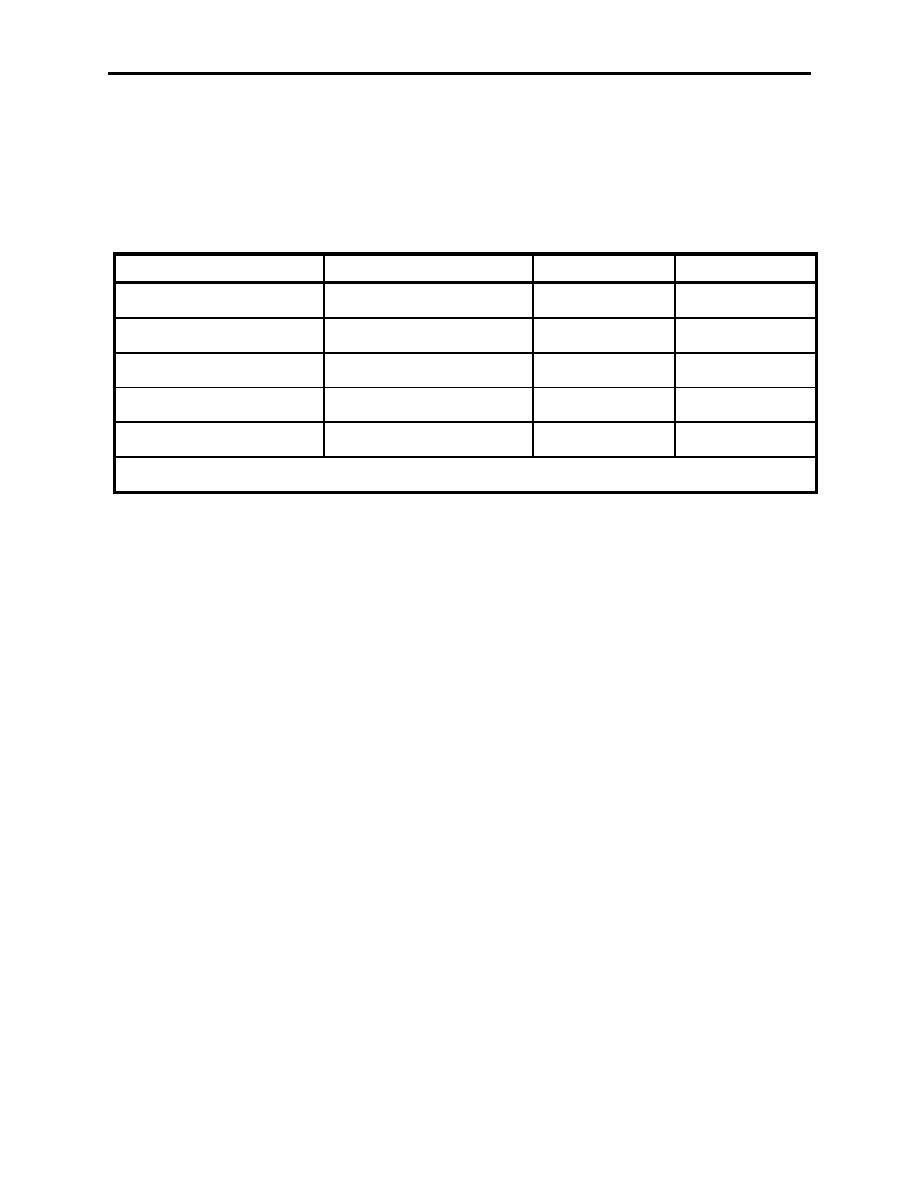 |
|||
|
|
|||
|
Page Title:
Figure 3-19. Summary of Frontal Movement and Wind Shift |
|
||
| ||||||||||
|
|  AVIATION WEATHER
CHAPTER THREE
The reason for showing an inactive front on the weather chart is to indicate the boundary of the
opposing air masses. Additionally, it displays the location of potentially unfavorable flying
weather. The warm air mass may gradually become more moist and lead to the formation of
clouds and precipitation in the frontal zone. In many cases the inactive front only has a shift in
the wind direction and a change in the temperature and pressure. Figure 3-19 is a summary of
frontal movements and wind shifts.
Front
Direction of Movement
Speed
Wind Shift
Cold
SE
20
SW NW
Warm
NE
15
SE SW
Stationary *
180
-
-
Cold Front Occlusion
NE
20
SE NW
Warm Front Occlusion
NE
15
SE - NW
* Stationary Fronts Same general flight conditions as warm front (less intense).
Figure 3-19 Summary of Frontal Movement and Wind Shift
Mechanics of Frontal Systems 3-19
|
|
Privacy Statement - Press Release - Copyright Information. - Contact Us |